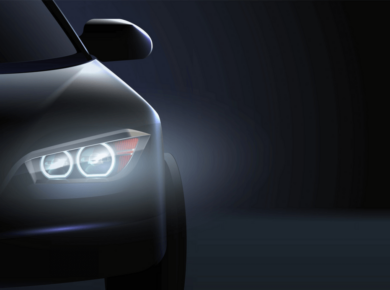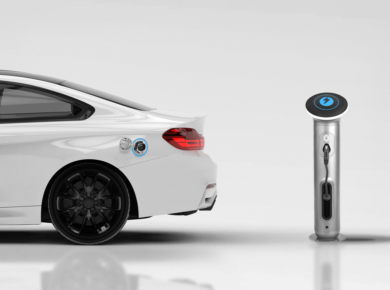Buying a salvage car from an auto auction can be pretty challenging. Of course, you can find information about a vehicle’s salvage title and its damage type on Salvagebid. But you don’t know exactly what happened to the car in the past and what additional damage it may have now.
An OBD scanner is a device that helps to detect what problems a vehicle has by diagnosing error codes it displays through an onboard computer diagnostic. If you want to know how to use an ODB scanner, read this article.
What is an OBD scanner?
An onboard diagnostic scanner is a device that reads and displays the error codes that a vehicle reports when performing a diagnostics. OBD scanners use a 16-pin connector and can be plugged into your vehicle or connected wirelessly. By using an OBD scanner, you can get a better look at the vehicle’s condition and make a more informed decision.
The scanner itself doesn’t interpret the error codes. But you can install an app on your phone that shows their meaning or simply look them up through the scanner’s manual.
Types of OBD scanners
There are two main types of OBD scanners: OBD1 and OBD2. The OBD1 scanner is an old model that supports diagnosing vehicles manufactured in or before 1995. It is less accurate than the advanced OBD2 system and offers basic functionalities.
The OBD 2 scanner is an upgraded version of OBD1 that supports almost all vehicles produced in and after 1996. There are OBD 2 code readers and scan tools.
A code reader is an inexpensive device that can read error codes from your car. It has limited access to certain types of data, and the information it provides about specific codes is not complete.
If you need a full picture of the problems a vehicle has, use an OBD2 scan tool. It is more expensive than a code reader but will provide you with more details. A scan tool can access live and recorded vehicle data, can provide advanced troubleshooting, and can read some specific codes that code readers can’t.
How to use an OBD scanner
An ODB scanner is easy to use, and there’s the basic process for all the models:
- Plugin the scanner into the OBD’s data link connector that you can find below your vehicle’s control panel or connect it by WiFi/Bluetooth.
- Turn on your car and wait until the scanner boots up. Press the power button if your scanner didn’t run automatically.
- When the scanner is ready, input your vehicle’s data: VIN, make, model, engine type, etc.
- Initiate the process of scanning your car by pressing the respective button. Check out the manual if you’re not sure which button to push. It’s different for every scanner.
- Wait until the scanner delivers the trouble codes and check the manual to interpret them.
- Turn off your car and disconnect the scanner.
Choose a car on Salvagebid
An OBD scanner is a must-have device when you need to inspect a salvage car. If you can’t visit the salvage yard to check the vehicle in person, you can buy a VIN report online. Also, there is a chance to perform a license plate lookup with our reliable partner, ClearVIN. Simple but comprehensive motor vehicle records will tell you all about the vehicles’ history and insurance backgrounds so that you minimize the chance of buying a non-repairable salvage car.






